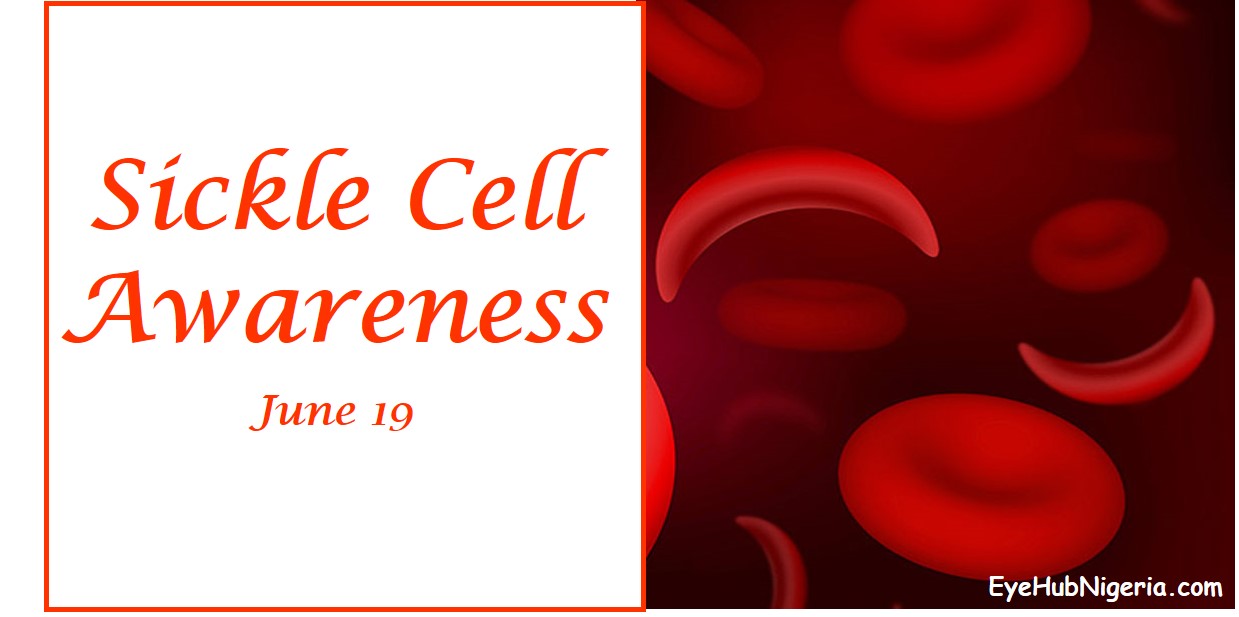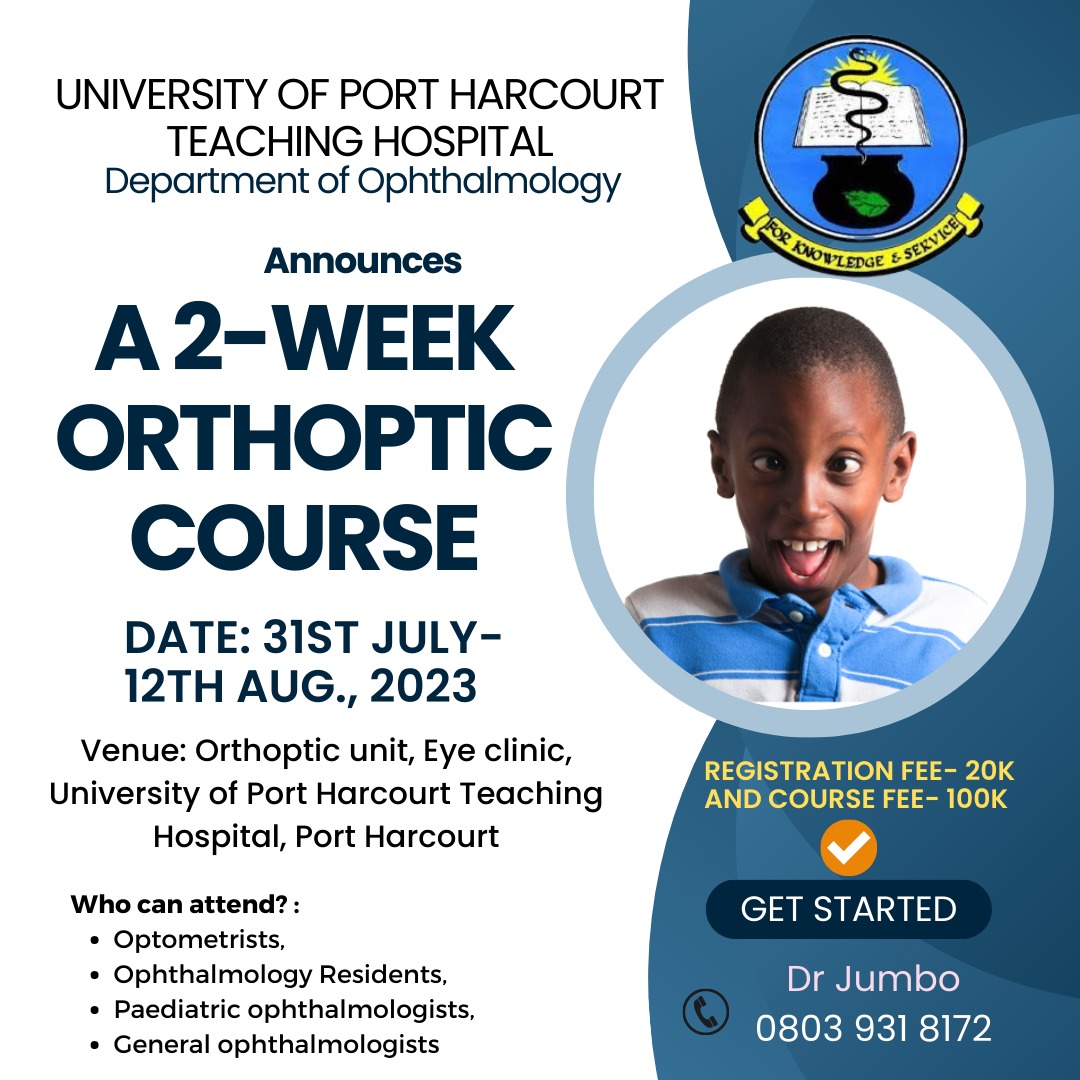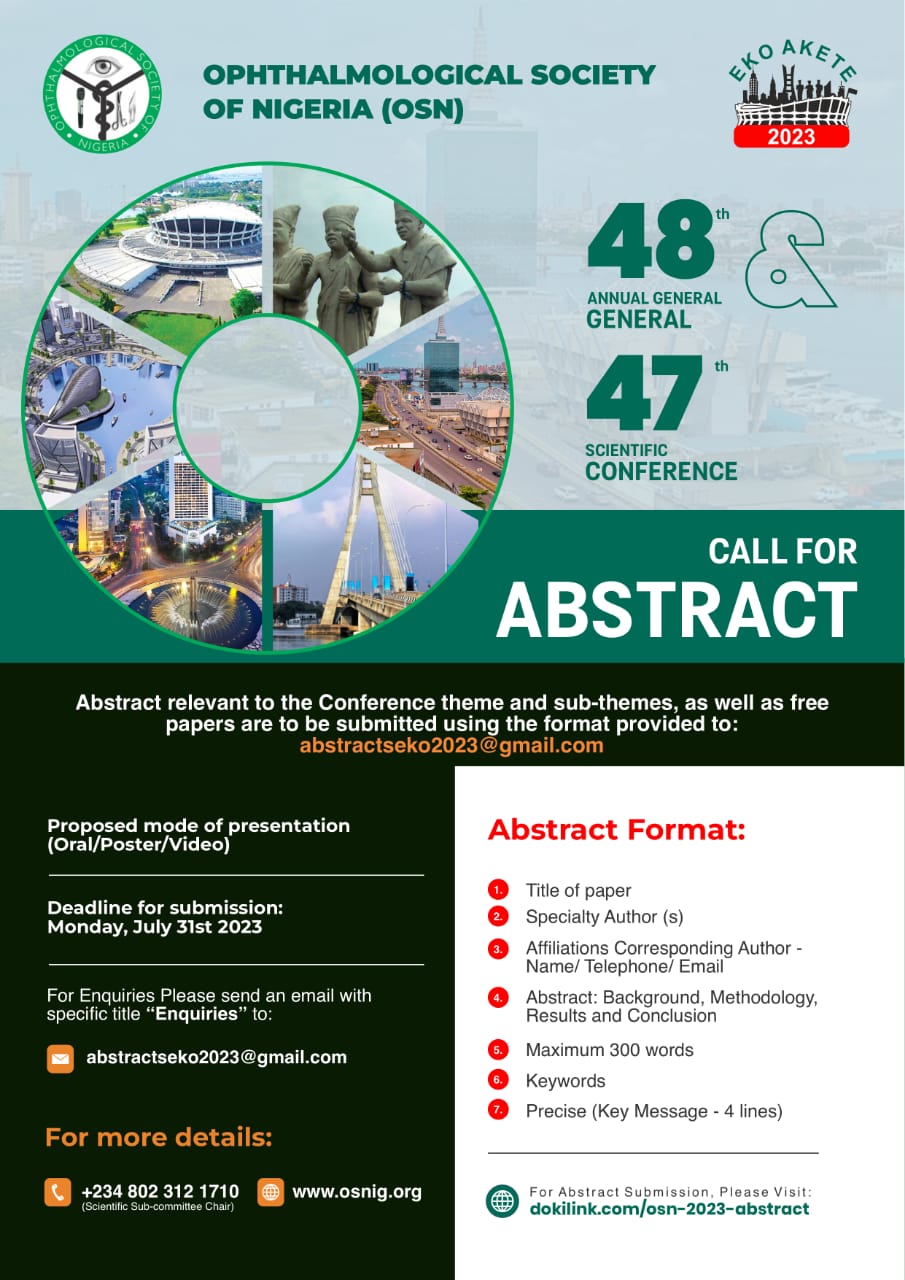What is sickle cell disease?
Sickle cell disease is a genetic condition that affects the red blood cells. Sickled red blood cells are abnormally shaped (like sickles or crescents), rigid and sticky. They are more fragile than their normal counterparts and have a shorter lifespan. They can also easily get trapped in small blood vessels, preventing blood and oxygen from reaching vital organs where they are needed. This can lead to all sorts of problems such as painful crises, recurrent infections, acute chest syndrome, stroke, and even blindness.
What are the different types?
There are different types of sickle cell disease. The inheritance pattern is recessive and a person could either be unaffected, have the trait or have the disease. They can be diagnosed with a simple blood test.
Sickle cell disease and the eye
People who have the HbSC type are most at risk of eye complications. There is usually no symptom at the early stage. However, bleeding from damaged eye blood vessels and detachment of the retina (innermost layer of the eye) can occur in advanced disease, leading to blindness.
Symptoms when present may include:
- Blurry vision
- Floaters or small black objects in the field of view
- Sudden loss of vision
- Eye pain
Regular eye exams can help in early detection and monitoring of any eye complications so as to prevent blindness.
Common crisis triggers
- Dehydration
- Very cold or hot environments
- Smoking
- Excessive exercise
- High altitudes
- Tiredness
- Infections
Safe living with sickle cell disease
The following healthy tips may help prevent sickle cell crises:
- Drinking lots of water
- Eating a healthy diet
- Avoiding environments that are too cold or too hot
- Vaccination and antibiotics for preventing infections in children
- Regular visits to the doctor, especially at the sign of any infection
- Avoiding excessive stress
Stay Healthy. It’s Sickle Cell Awareness Day 2019.
#SickleCell #SickleCellAwareness #SickleCellWarrior




